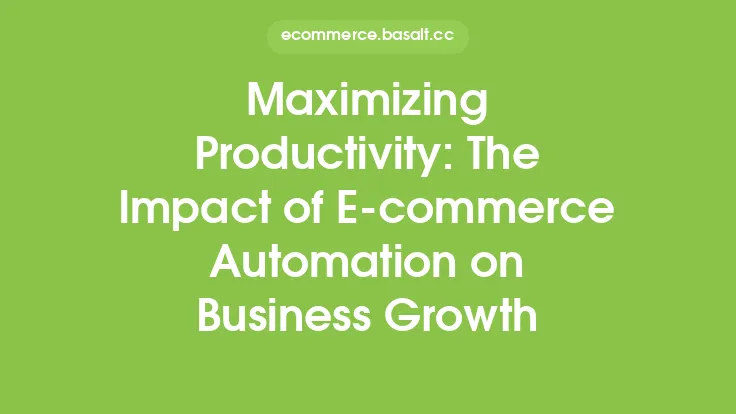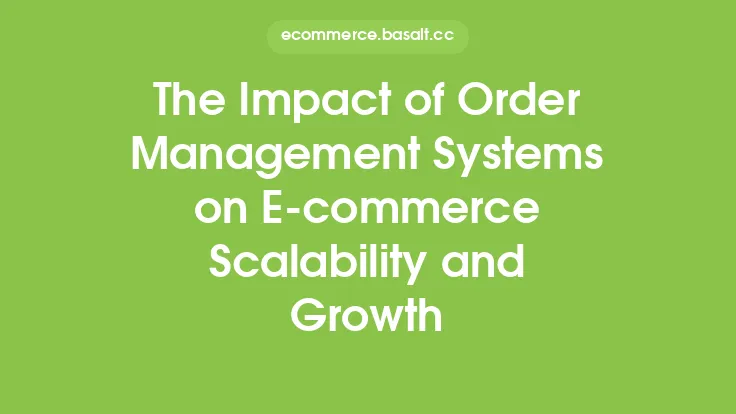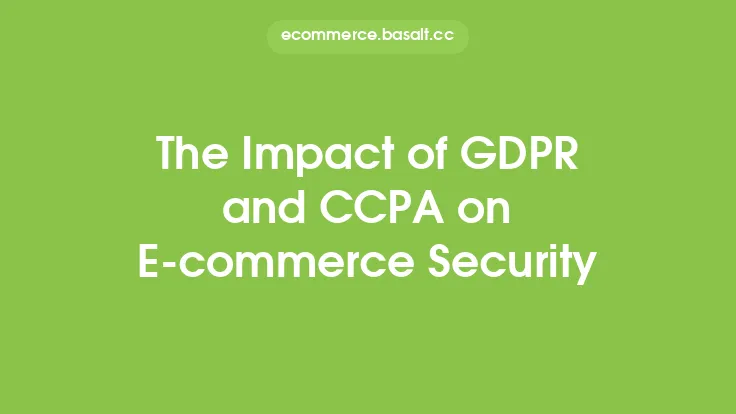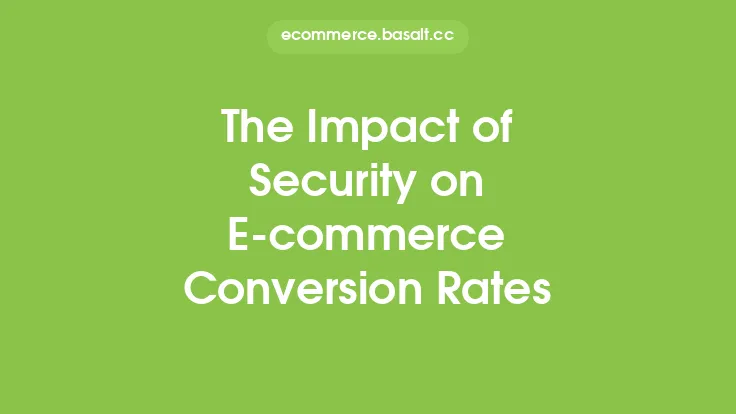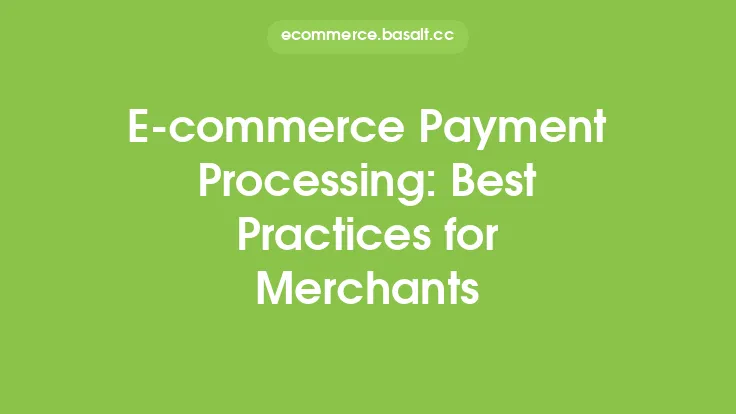When it comes to running a successful e-commerce business, there are many factors to consider, from marketing and customer service to logistics and supply chain management. However, one crucial aspect that can have a significant impact on a company's bottom line is payment processing fees. These fees, which are charged by payment processors and banks, can eat into profit margins and affect the overall financial health of an online store. In this article, we will explore the impact of payment processing fees on e-commerce profit margins and discuss ways to minimize their effects.
Understanding Payment Processing Fees
Payment processing fees are charges levied by payment processors, such as PayPal, Stripe, or Square, for facilitating transactions between merchants and their customers. These fees typically range from 2% to 5% of the transaction amount, depending on the payment processor and the type of transaction. For example, a merchant who sells a product for $100 may be charged a payment processing fee of $2.50 to $5.00, depending on the payment processor's rates. While these fees may seem small, they can add up quickly, especially for businesses that process a high volume of transactions.
The Impact on Profit Margins
Payment processing fees can have a significant impact on e-commerce profit margins. For businesses with thin profit margins, these fees can be particularly problematic. For example, if a merchant has a profit margin of 10% and is charged a payment processing fee of 3%, their effective profit margin would be reduced to 7%. This can make it challenging for businesses to maintain profitability, especially in competitive markets where prices are already low. Furthermore, payment processing fees can also affect a business's ability to invest in marketing, product development, and other areas that are critical to growth and success.
Factors That Affect Payment Processing Fees
There are several factors that can affect payment processing fees, including the type of payment processor used, the type of transaction, and the merchant's industry and risk profile. For example, merchants who operate in high-risk industries, such as online gaming or adult entertainment, may be charged higher payment processing fees due to the increased risk of chargebacks and other disputes. Similarly, merchants who process a high volume of transactions may be eligible for lower payment processing fees, as they are considered to be lower-risk.
Strategies for Minimizing Payment Processing Fees
While payment processing fees are a necessary cost of doing business, there are several strategies that merchants can use to minimize their impact. One approach is to shop around for payment processors and compare their rates and fees. Some payment processors, such as Stripe or Square, offer competitive rates and fees, while others may charge more. Merchants can also consider using payment processors that offer tiered pricing, which can help to reduce fees for high-volume transactions. Another approach is to use alternative payment methods, such as bank transfers or e-checks, which can be less expensive than credit card transactions.
The Importance of Transparent Pricing
When it comes to payment processing fees, transparency is key. Merchants should be aware of all the fees associated with payment processing, including transaction fees, monthly fees, and other charges. Payment processors should provide clear and concise information about their fees and pricing structures, so that merchants can make informed decisions about which payment processor to use. Transparent pricing can also help to build trust between merchants and payment processors, which is essential for a successful and long-term partnership.
Best Practices for Managing Payment Processing Fees
To manage payment processing fees effectively, merchants should follow several best practices. First, they should carefully review their payment processing agreements and understand all the fees associated with payment processing. They should also monitor their transaction volumes and adjust their payment processing fees accordingly. Merchants can also consider using payment processing fees as a negotiating point when working with payment processors, especially if they are processing a high volume of transactions. Finally, merchants should stay up-to-date with the latest payment processing trends and technologies, such as tokenization and encryption, which can help to reduce payment processing fees and improve security.
Conclusion
Payment processing fees are a necessary cost of doing business in e-commerce, but they can have a significant impact on profit margins. By understanding the factors that affect payment processing fees and using strategies to minimize their impact, merchants can reduce their costs and improve their bottom line. Transparent pricing, careful planning, and ongoing monitoring are all essential for managing payment processing fees effectively. As the e-commerce landscape continues to evolve, it's essential for merchants to stay informed about the latest payment processing trends and technologies, and to work with payment processors that offer competitive rates and fees. By doing so, merchants can build a successful and profitable e-commerce business that is well-positioned for long-term growth and success.
